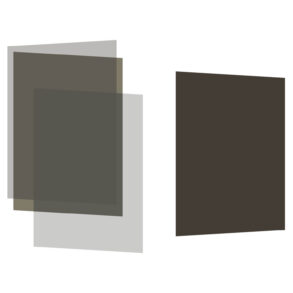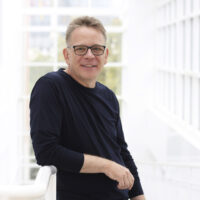In a conversation with the organizers of the 2023 Goetheanum World Conference on Reshaping a World Movement, Wolfgang Held asked questions about their experiences and perspectives following the conference.
When did you start to feel, “Now, we’re on the way”?
Ueli Hurter Soon after the opening, when Claudy Jongstra’s tapestry was lowered, and we stood together on the stage. There was a special energy just being there together with the audience.
Christiane Haid Yes, this energy surprised me, too. As the conference progressed, I wondered if the atmosphere would dissipate, but, actually, it increased all the way through to the end of the conference.
Hurter I think we lost some of that concentration during the forum summaries. It was probably difficult for people to say what came out of five hours of work in only a few sentences.
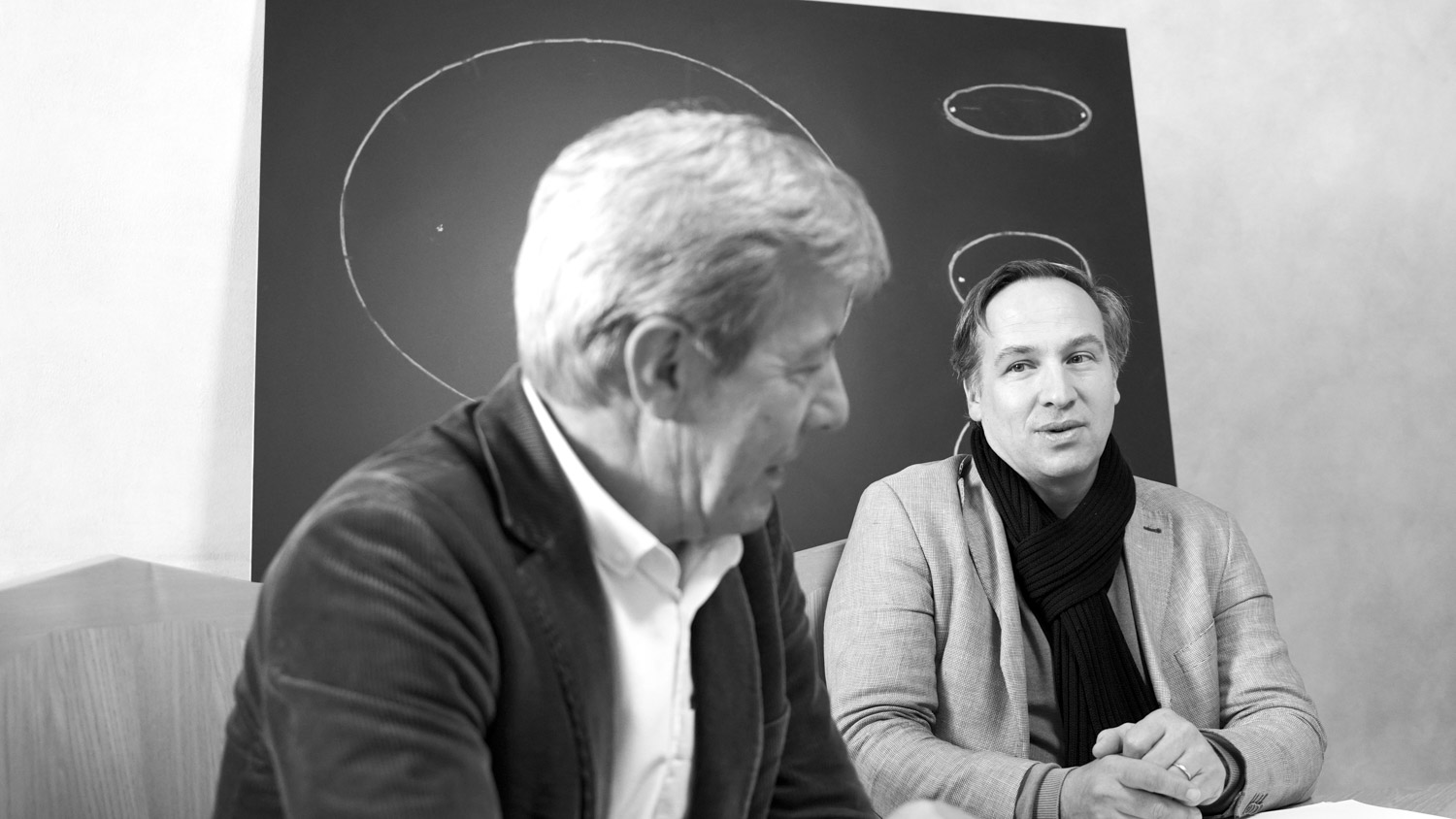
What was the highlight of your experience?
Hurter The concert! I felt it was like a big heart that beat as one. The title was “Ancient Tunes—New Worlds,” and “new worlds” did somehow open up.
Andrea Valdinoci The heart level, this common pulse—it was so impressive for me that it wasn’t easy to get to the level of thinking. I don’t regret that, because I believe that we were able to meet on a soul level. That was necessary. And that’s why I sometimes experienced it more as a celebration than a conference! Sitting in the hall, I thought, “Yes, this is what the world movement could look like. In such a collaborative mood, we could achieve a lot.” I also heard that in individual conversations—it was often about this heart level and the observation that strength and inspiration arise there.
Johannes Kronenberg I would add that we had two movements at the beginning: rooting ourselves in the substance of anthroposophy and spreading our wings into the open heights of the world. Christine Gruwez added a third, horizontal level of encounter. When these three dimensions were in the room together and became collaborative, I felt it was a wonderful moment.
Constanza Kaliks I was very touched when Gilad Allon, who had the workshop on peace, said, “There are a lot of experienced people here; there are people here who know what they’re doing.” That really touched me. People came here with their experiences, and the Goetheanum is a place where those with experience meet.
Valdinoci Yes, and all this experience was expressed in the forums and, perhaps, throughout the whole conference. I never actually heard “one should, one ought to.” So, a quality of listening and mutual perception was able to arise.
Hurter One person wrote to thank the Goetheanum for building social spaces, without occupying them itself, which then made communication possible.
Haid That was also quite striking at our panel discussion on art. There were 120 participants. We started each day with two short contributions of ten minutes each. Then, we asked questions and discussed them in pairs and then in larger groups. At the end, we summarized the results in one sentence. Every day, we collected this harvest. It was a very lively process with great results.
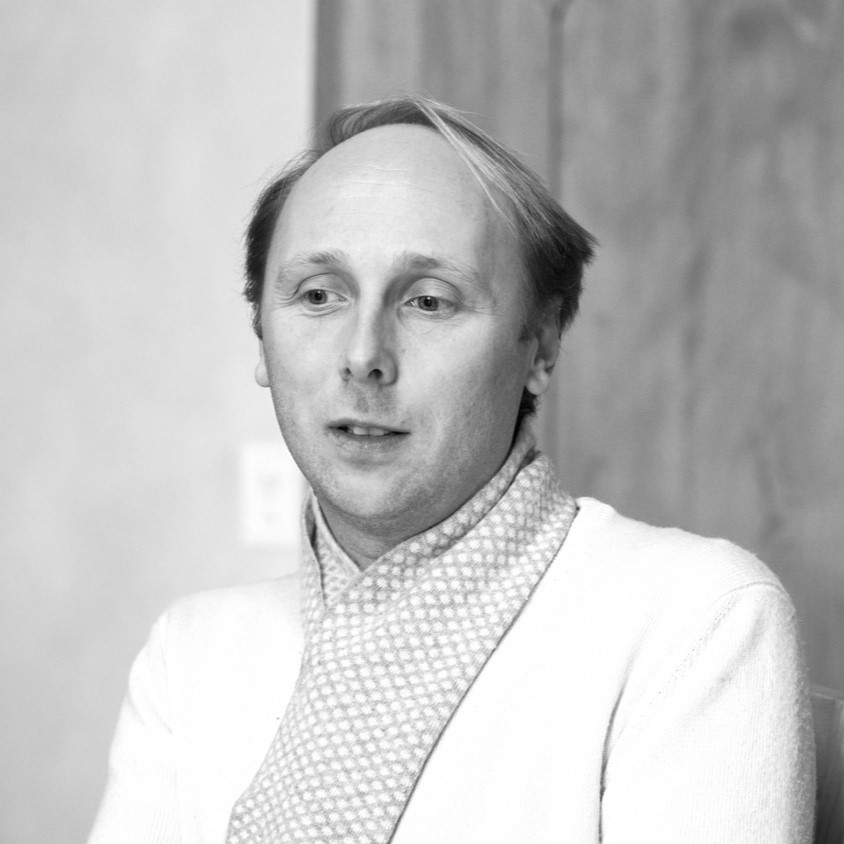
What was surprising for you?
Kaliks That something like this happened at all! We had been working on it for a long time. And then—now there was a packed hall with people from all over the world! It’s easy for a meeting to turn into an atmosphere of criticism. There were one thousand people who felt a connection with one another—without being of one mind—but with one question in common: What will become of this anthroposophical movement in the years to come?
Haid In the afternoon, there were discussion groups on the anthroposophical world movement. We shared ideas about how we first met anthroposophy. These conversations were deeply moving. It became clear that in every biography, many years before the outward encounter with anthroposophy, a thread was formed under the surface that, at some point, allowed the Goetheanum to appear on the horizon. People came from all directions, and then, there arose a common experience! One participant, who founded a therapeutic center and participated in a Waldorf school as a parent, said he was not an anthroposophist. Someone asked him, “What do you mean when you say ‘anthroposophist’?” The father replied, “Like you all, sitting here in this circle.” “But you’re sitting here, too!” someone from the group said. He then shared that he had cried when he came to the Goetheanum because he felt he was coming home. Not belonging and coming home were contradictory feelings. There wasn’t a single person in the group who could not empathize with that experience.
Hurter I think this is a paradigmatic experience. We all know it, and Rudolf Steiner probably knew it, too. I can’t just “have” anthroposophy; I have to achieve it again and again. Christine Gruwez poignantly described this in her lecture on vulnerability.
Kronenberg The Corona-crisis and Russia’s war against the Ukraine coincided with the preparations for the conference. With such dramatic world events, a conference like this cannot just be about beautiful ideas. These events brought us even more clearly into the reality of the present.

Did English play a new role as a language at the conference?
Kronenberg It was a conscious decision on our part to place English and German as equal languages in the context of a world conference. Then, English simply became the main language without us planning that. Nevertheless, there were also German-language contributions in the presentations by Peter Selg, Christine Gruwez, Christiane Haid, and Wolfgang Tomaschitz. This created a balance.
Kaliks I think the gesture of entering into the English language, into the cosmopolitan, is very important; that’s why the Goetheanum was founded. Marie Steiner added poetry in the languages of the host countries to the eurythmy performances on their tours. The cosmopolitan mission is inscribed in the mission of this house.
To what extent were younger participants involved in the conference?
Kronenberg Last weekend, I was at an event in Germany attended by a few young people who had also attended the World Conference. They told the other young people about the conference with great enthusiasm. I would estimate there were about 200 participants under the age of 40.
Haid I got the feeling from the workshops and from the atmosphere at the conference that this is the Anthroposophical Society of the future. Because there was such a sense of destiny. I thought, “We can’t wait another seven years until we hold another conference like this. We have come together from all walks of life!”
What can we learn from such an event?
Haid Well, we didn’t come to this form [Gestalt] as a result of the last conference in 2016, but at the time, we asked ourselves, “What’s next?” And so, I think, each time can’t be the same. It will be different people at the next conference, with their own perspectives. Looking back, I would put more emphasis on reports like the one by Nana Göbel on the World School Movement, where we were also able to take a critical look at ourselves.
Kaliks If the conference were to start again today, it would probably already be different. We have a different situation today, with regard to the war in Palestine, for example. I believe that what is becoming much stronger, and was already here in the beginning, is this reality of the anthroposophical movement as part of a societal movement, freely connected by association, not organized as a unified cause.
Hurter The Goetheanum World Conference event is not the end of a process. We have had the preparation, the realization, and now comes an important third step. Now, we want to find out, “What orientations, points of crystallization, or lines of work do are available now for the next seven years? What does “reshaping a world movement” mean?
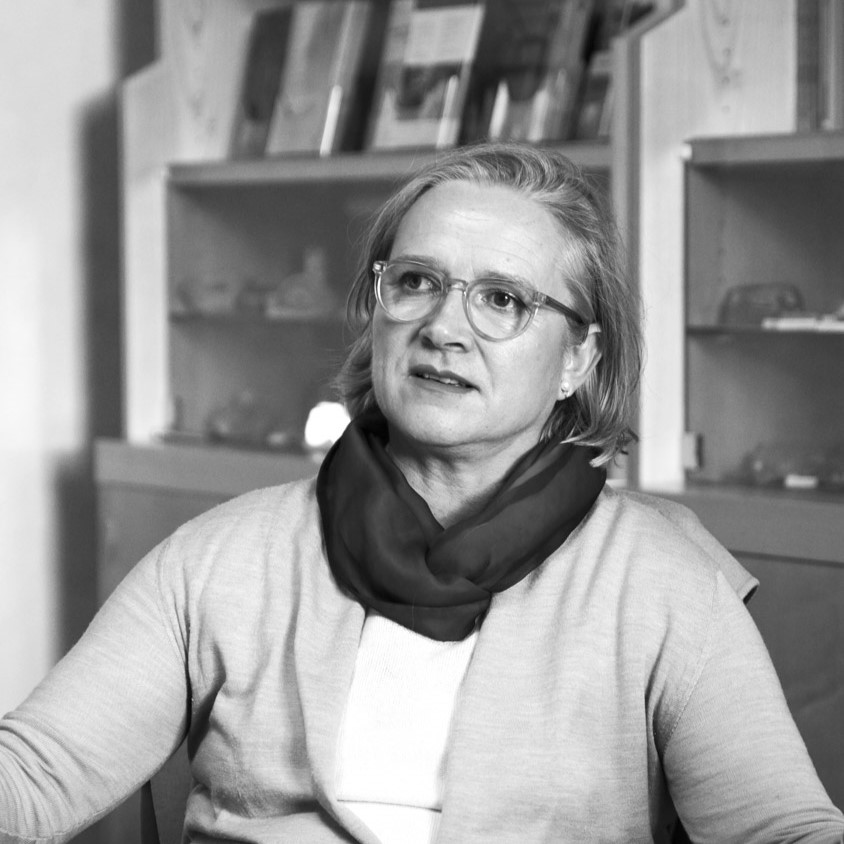
Valdinoci I was surprised at how interactive the conference became. We received 600 letters in advance, which were incorporated into the concept for the conference, and now we have received perhaps another 200 follow-up responses. I believe we can and should take further steps in collaboration with all those interested.
Haid The aim now is to organize the results of the twelve forums and see which groups want to continue working.
Kronenberg The forums’ themes are already a result of the world movement. They show us the direction of our work and what is relevant at this time. These themes were extracted from the 600 letters over the last year.
Haid What we have been formulating since 2011 as a trinity of Goetheanum, School of Spiritual Science, and Anthroposophical Society has now taken on a more concrete life. I believe that the future of the Anthroposophical Society has to do with manifesting this unified entity, all intertwined together.
Hurter If we want to be collaborative, we need to tolerate and even further develop our diversity. This is not a new idea, but it was confirmed at the conference. What does “reshaping” mean? At the moment, I see three areas of reshaping. As an inner aspect, it seems to me to be what Christine Gruwez and Constanza Kaliks described as “the unfinished,” the vulnerable. I think the identity of this part of culture is important for the coming years. We should listen to it. As some kind of outer form, I imagine that we could form a World Council, where the anthroposophical movement, represented by its representatives from the Anthroposophical Society, come together with the leaders of the large anthroposophical associations and companies. Then, there is a middle area, which is about our approach, our attitude. What is sometimes deplored as “diluting” or “losing ourselves to the world,” could we rather see this as, perhaps, a giving to and within the world? In other words, could this be an area where our work merges with the world? That seems to me to be the area of inner attunement, of an attitude and presence, and of social organization. This is the direction in which I believe we are now heading.
Translation Joshua Kelberman
Title image Ueli Hurter; Alle photos: W. Held




